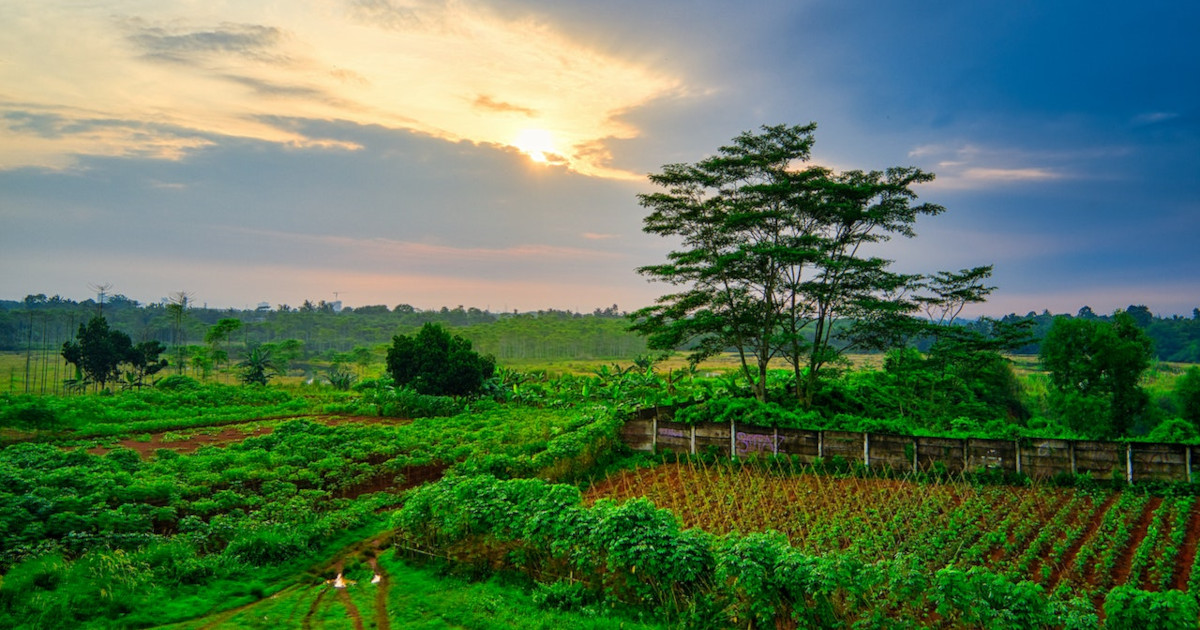
Regenerative Agriculture
Source: Ellen MacArthur Foundation
History’s brightest minds are not always our modern day heroes, and as decades pass, the consequences of ingenious discoveries unfold. This is especially true in the history of agriculture.
Take Fritz Haber for example: a German chemist awarded the Nobel prize for his invention of a process that converts atmospheric nitrogen into ammonia, used to make the fertilisers that now feed half the world. Haber’s invention transformed farming, enabled a six-fold increase in human and livestock population. The downside of course is the contribution this has made to our hot and crowded planet.
What about Norman Borlaug, another Nobel peace prize winner? Borlaug introduced high yield, resilient crops to India, Pakistan, Mexico and many other previously famine-prone regions of the world. Due to his work, countless lives were saved and millions of smallholder farmers no longer had to struggle to survive. On the other hand, the consequences of the ‘industrialised’, chemical-intense and monoculture approach that Borlaug advocated have unfolded over the years.
